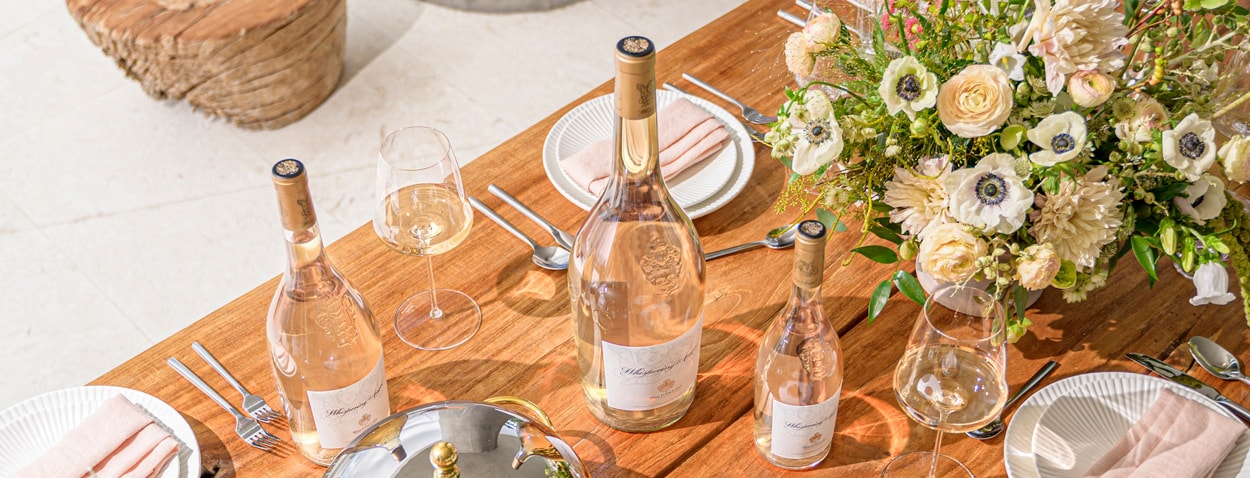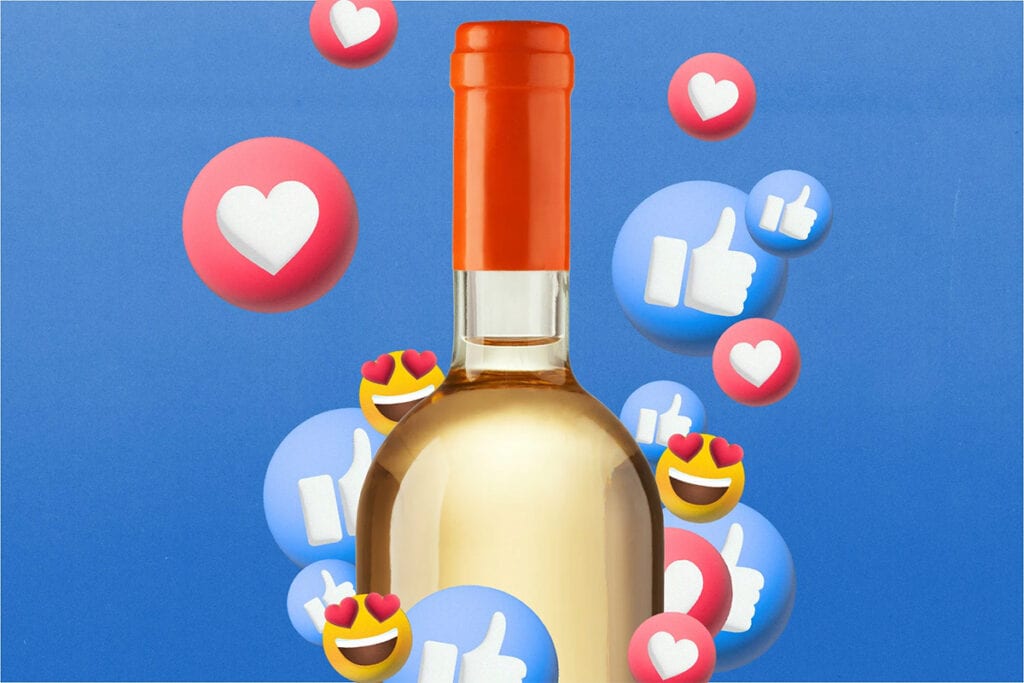Wine Enthusiast


Industry News
What Happens When a Wine Goes Viral?
By Kate Dingwall

It started with one post on January 7, 2024, from an X user under the handle @OptimusGrind_.
“I’m not gonna keep telling y’all to grow up and leave that Stella & Barefoot alone,” read the post, accompanied by a photo of Josh Merlot.
The post blew up, quickly amassing over 20 millionviews and spurring a storm of copycat posts.
“It’s Josh ‘clock somewhere,” someone captioned a photo of a bottle on the beach. In another post, Don Draper says to a room of marketing execs:“A wine, but we call it Josh.”
A photo of people celebrating: “A live look at the Josh marketing department.”
Dan Kleinman, now the chief brand officer of Deutsch Family Wine & Spirits, ran the brand when the @OptimusGrind_ Tweet took off. Josh had a social presence, but posted with careful curation and calculation—memes weren’t in the marketing plan.
They had some decisions to make. How do you ride out—and reap—the attention? How do you prevent Josh from becoming a meaningless fad, buried in the social media trend graveyard beside sea shanties, jalapeño Sauvignon Blanc recipes, and sorority rush videos?
“Viral moments bring broad exposure, which is exciting, but that spotlight can cut both ways,” says Jessica DeBenedetto, who leads social media at Colangelo & Partners. “If a brand isn’t prepared to manage the sudden surge in social engagement—responding to comments, handling criticism, or monitoring the conversation—it can quickly become overwhelming and even damaging.”
“When a wine goes viral, it’s hilarious or at the center of online discourse for a bit,” says Amanda Joffee, who runs Shitty Wine Memes. “But in today’s fast-moving social media cycle, it quickly peaks, then gets old.”
What Makes a Viral Wine?
How doesa wine go viral? Is it pure luck, or a predictable equation?
Ryan Goydos, one half of the Super Vino Bros, lists three requirements for a viral wine: a good story, an accessible price point, and a certain amount of visual appeal.
“Maybe the color is super pretty or the label is memorable—those things all factor into the shareability of a wine,” says Gaydos.
A viral moment also needs to feel like just that: a moment. Goydos, who has had plenty of viral wine videos, underlines that it needs to feel organic. “It needs to be a spontaneous, grassroots movement.”
Can a brand start its own movement? Tricky question. “Going viral takes something social media can laugh at or be shocked by,” says Joffee. “It’s also timing. It’s hard to make moments like that premeditated. With how many ads we see everyday, the internet’s grown a better BS detector for brands.”
As Goydos puts it, “It’s very difficult for a brand to catch that spark without it feeling fabricated.”
To understand wine’s role in the digital zeitgeist, we looked at the biggest viral moments in wine’s recent history.
Whispering Angel
The blush-pink French rosé has made its TikTok rounds, which shouldn’t be surprising to anyone. Château d’Esclans’s Whispering Angel has always been that brand. It’s the world’s most popular rosé and almost single-handedly responsible for reviving the category.
Now, videos of rose Salmanazars being poured at 2 pm rack in hundreds of thousands of views. As do videos like one user’s reaction when her son shows up with Whispering Angel.
“It’s always a nice surprise when a brand maintains this level of cult status online,” says Julia Cuissart de Grelle, the acting head of Château d’Esclans. “It shows up outside of food and beverage spaces, organically appearing in fashion, travel, and lifestyle content. The way fans have created their own rituals around Whispering Angel has been remarkable—everything from midday ‘rosé o’clock’ to traditions where it’s ‘Whispering Angel or nothing.”
